The right images are crucial to your business website’s success, as they can capture visitors’ attention and persuade them to act. It can be hard to find the perfect images, especially with all the stock images available online.
We’ve shared with you before some great sites to visit for Creative Commons images, but maybe you need help getting started. It can be time-consuming going through free image sources to find the perfect images that align with both your design aesthetic and website objectives.
This article will share 50 beautiful and free Creative Commons images you can use for your business website, as well as some tips for choosing the right types of images.
Industry-Specific Images
The first category of images we will take a look at are industry-specific. This may have been the first thing that came to mind when you thought about images for your business website. This type of image includes specific elements identifiable with your industry (e.g. healthcare).
Most industries will have clear elements that people can identify. It may be uniforms or other clothing worn, equipment or tools typical of the industry, or settings that are unique to that industry.
Using industry-specific imagery can help to send a clear message to your visitors that you are a part of that industry and understand it well. This helps to provide credibility for your business and get your website visitors trust.
Choosing this type of imagery is usually pretty straightforward. You want to make sure that the photographs selected are accurate in their presentation (it would be extremely embarrassing, for example, to have someone point out that the person in the photo on your website is using a piece of equipment incorrectly). Other key things to pay attention to include making sure that your images are up-to-date and modern, unless you have a specific brand reason for presenting “the good old days”. You will also want to pay attention to diversity in the people represented in the photographs you choose.
Workspace Images
Our next category of images are what we’re calling workspace images. These are somewhat more generic than the industry-specific images we just covered, and basically cover more general scenarios of people working. Images like this may sometimes receive a bad rap as being obviously stock images, but careful selection can avoid the pitfalls.
Images like this can be interesting when used to show the little seen sides of an industry, or even the type of culture that your organization has. They can help to communicate to your website visitors that your business has a human side. This provides your visitors with a sense that you are approachable, and helps them decide if they might want to work with you.
Choosing this type of imagery is a little more tricky because you want to avoid selecting the same boring cliched stock imagery that could be on any site. Photos with people need to not look too staged, and should definitely represent some diversity, but be careful about misrepresenting your organization if it is not in fact diverse.
The most important thing with photos in this category is that they need to seem authentic. Your visitors need to believe that these photos are real people and places associated with your business.
Aspirational Images
Aspirational images show the end goal and dreams of your customers. In some ways, they are the perfect pictures for most websites, because visitors will visualize themselves in the images. They can then form a positive association with your business as the perfect partner to help them get there.
The types of images in this category can vary, because the specific aspirations of a business’ customers are very dependent on the industry. But in general, people want to be happy, they want their families to be happy, healthy and safe, and they want to live a good life.
Using aspirational images can help to communicate to your website visitors that you not only understand their pains and desires, but that you know how to get them to their ideal state. You will still need to support this premise in the rest of your website content, but it can start the visitor down that path by raising their curiosity as to the “how”.
Choosing aspirational imagery is a matter of subtlety. You want to select images that speak very clearly to a specific individual goal your website visitors would have. The key is to make the goal seem achievable so they wonder how you can help them do that.
An important part of selecting aspirational images is ensuring that the people in the photos are somewhat representative of your target market. This will help to ensure that your visitors can envision themselves in the images.
Story-Telling Images
The next category of images are all about the emotions captured in story-telling. This is admittedly not an easy category of images to pull off because it requires images to capture not just mood and activity but also characters’ stories and emotions. All that in a still image!
The range of possibilities for this category of images is near-infinite, but you have to be very careful to select images that make sense for your industry and target audience. Every element in an image must provide value to the story being told.
Using story-telling imagery can help to communicate a broader picture to your visitors, taking them deeper into your values and relationships with customers. This can help to increase the connection website visitors feel towards your business and give them a sense of trust.
Choosing this type of imagery is not easy. You need to understand the story you want to tell, and how that might best be represented in a single moment. Ideally, there will be additional content or imagery that supports the story, but the image still needs to communicate on its own.
Obviously shooting your own story-telling images means you can control all the elements, but it is possible to find some useful images online. You will need to keep your search broad so that you don’t end up with cliched stock images though. It will be very important to make sure that your content shows how the image links to your business.
Conceptual Images
Our final category of images is where you get to cut loose and have fun. Conceptual images illustrate an idea, whether literally or metaphorically. This type of image will often play on the meanings of words and concepts to create a unique image that still represents the original idea.
Conceptual images can draw on all sorts of other imagery described above, but will usually combine elements, often in a humorous way. Very often, the most effective images are not completely realistic, but play on jokes or fears that people have relating to the concept.
Using conceptual imagery can help to communicate to your website visitors that your business has a personality, a sense of humor, and/or deep insights into the concepts being presented. It may not be suitable for all businesses, but can help to engage your visitors by attracting their attention.
Choosing this type of imagery is a matter of balance. You want the concept to be clearly understood without seeming simplistic or childlike. The image itself should look professionally done, not like a slapdash mashup of ideas.
When choosing images in this category, be very mindful of causing offense, especially with humor. While stepping on some toes can help images go viral, your business may not want the negative attention from the wrong image.
Conclusion
There are a lot of beautiful images out there available to be used for free to enhance your business website. Carefully selected images can lead to greater website success as you communicate visually with your website visitors.
We sifted through several sites to find 50 perfect free images for your business website. Now you can choose a few and start raising the quality of your website visuals.
Hopefully, you found some images you liked in our selections, but feel free to share any other beautiful images you have found in in the comments below and share your tips for finding the right Creative Commons images!
Image by Lanteria / shutterstock.com.







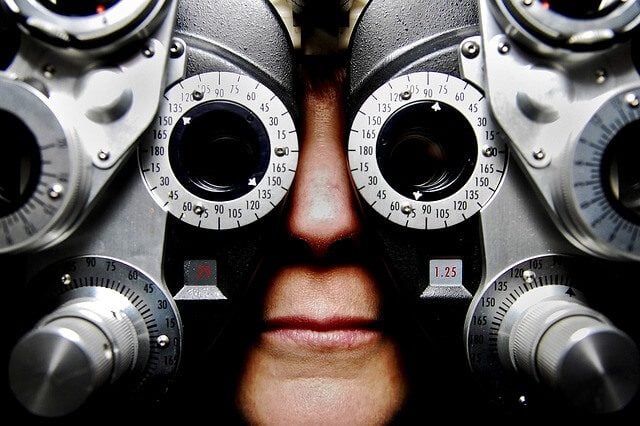











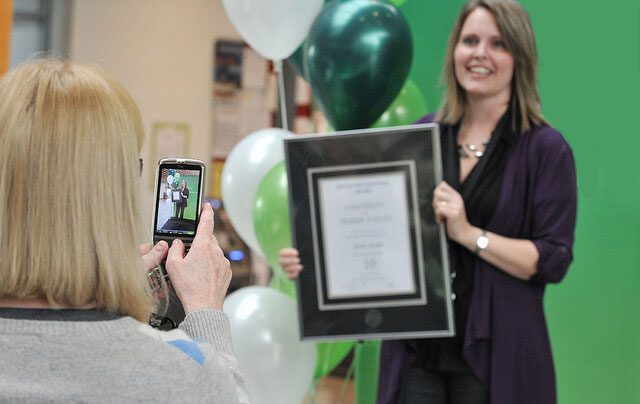



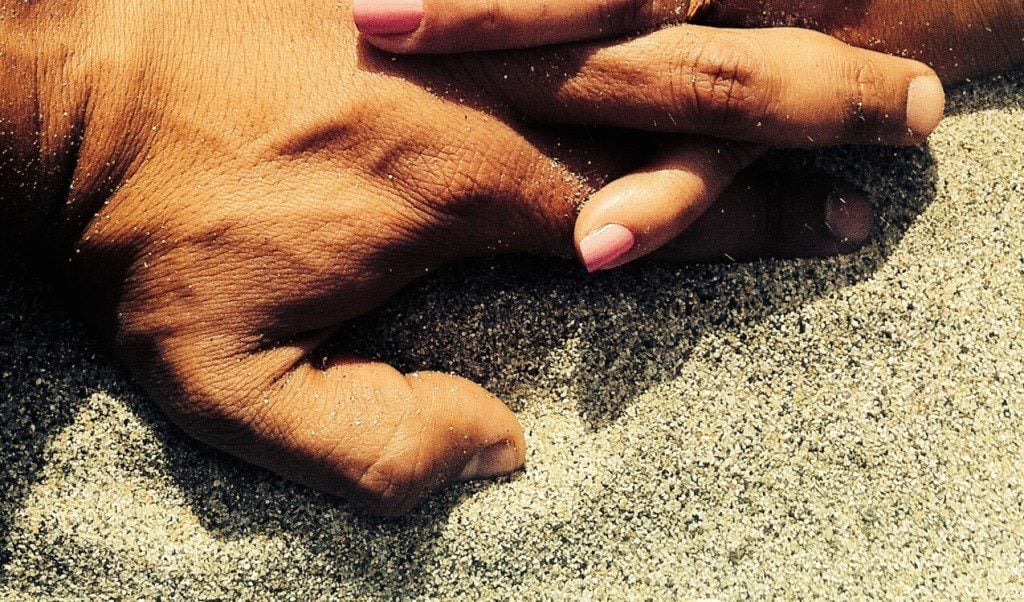







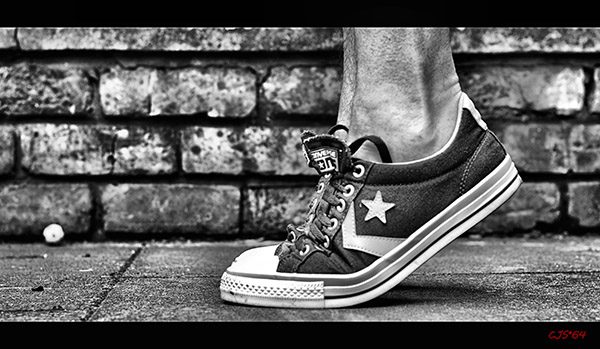
















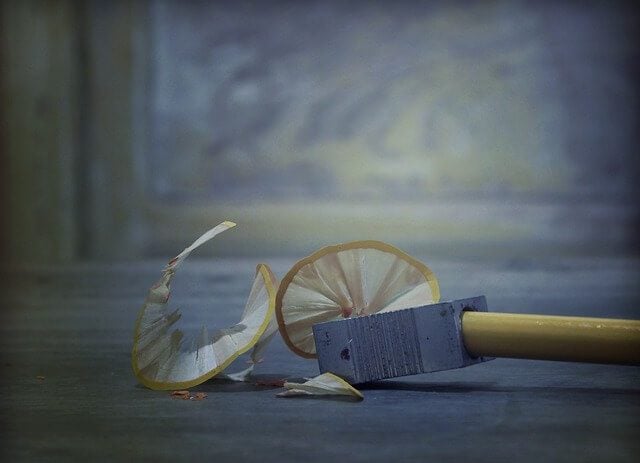










Thanks for the list, can we use them in website for free or they copyrighted.
Hello Arpitha,
These images can be used completely free!
Better be careful. Creative Commons licenses typically require attribution. So unless you are citing a source in your adverts and blog posts, you are asking to get sued.
Hello Ethan,
You’re right. I’d actually said above that attribution is technically not required, but that’s untrue – I don’t think we’ve ever thought to not give attribution to an image creator, though.
For anyone wishing to read about the various licenses, see here – https://creativecommons.org/licenses/.
Thanks for this article. I’m currently using Divi to build my website, and I’ve just been using some if my own images so far. When we use creative commons images like these, do we have to put an attribution somewhere on the site? Does it have to be directly under the image (tricky if it’s part of a header or slider)? Also how can we (that’s if we can!) protect our own images if we use them on the site? Hope you can help!
Hello Cara,
Attribution depends on the license. For CC0 licensed images, you don’t technically have to provide attribution, but we do out of respect to the creator.
As for protecting your images, it’s tough. There doesn’t seem to be a 100% foolproof method out there. It’s up to you to do the research and find if any of the methods available suit you and your design.
Good luck. 🙂
Hi Tom,
Yes, as a rule, in blog posts for example, I always put an attribution under CC images in the caption area as a nod to the creator as it seems to be good practice and I see it done elsewhere. What would you recommend for a website that uses several images? An attribution under each one? A separate page with attributions for photos?
As for my own images, I’m happy for them to license them under a CC licence, but whether or not that will be respected is another matter. I’ll have to look into the options.
We simply use an attribution under each one, as do a number of websites out there. You could also list them at the end of an article – it’s more about your personal preference and design, though, rather than a strict convention.
I also use picjumbo for getting nice free images.
While the images on pic jumbo are are, the licensing is a little hazy, so we can’t be sure they’re 100% Creative Commons licensed. For more information about what that entails, see this article – https://creativecommons.org/licenses/
These are some great images Tom.
Thanks for sharing!
You’re welcome Gabriel!
Merci beaucoup.
Merci, Thierry. 😀
Wow, very cool images, thanks for sharing friend.
Regards
Thanks Nicole. 🙂
Great list, thank you! I’ve recently found pixabay.com as not bad.
Pixabay is a firm favorite with many, Paul. 🙂
I love Pixabay as they have a huge collection of free images and doesn’t require membership
We hear you, Moses!
I like the way you have defined the categories. A really helpful way to explain to a client why certain images would work best in particular areas of their site or equally to help them decide which angle to go with. A really useful and pratical blog – thanks.
Thanks for your kind words, David. 🙂
Thank you – much appreciated!
No problem!
Do those images require model release when show a person? I always have problems with that. Does creative commons covers it?
Hello Tomasz! All of these images allow you to use them for any purpose – even commercially – without clearance.
You always have ideas ?! 🙂
You’re brilliant and creative.
Thank you.
Thank you for your kind words 😀
Another Great Share Ewer! Thank you for sharing this awesome collection of images for business websites.
No problem, Nilantha!
How does use of a pik work? Free? Cost-is so, how much for use, one-time or all-time anytime anywhere?
They’re all free to use however you please–even commercially. I would double-check the licenses to see if any require or request attribution though.
Hi Tom,
Without visual media we can not impress our readers, I use a lot of images for my blog but finding good free creative commons related to our niche is very difficult these days.
As of now I am only using unsplash to get images but now you have given me more choices to select, thank you very much for adding information about these resources.
Glad to have been helpful. 😀
Great images! Thanks for sharing!
Glad you like them!
Thanks for these beautiful images. I will use it in my website.
Great to hear 🙂
Hi Tom,
Very nice image collection.
Thanks for sharing.
Thanks, Muhammad!
Hey Tom,
Nice collection of images. They are wonderful.
Thanks, Ashik. 🙂
This is amazing, thank you SO much!
The hardest part of launching a new website is finding images that can be used without spending a ton of capital that you need for marketing.
Glad you found it useful, Sandy!
A present from Tom Ewer !
Thanks !
Have a wonderful time !
😀 Glad to be of service!
Great images. Can you share the sites they are from? Thanks!
Just click on the images and it will take you to the site the image is on.
All the images are from pixabay. Is it right?
Not all of them. Some are from Unsplash, some from Flickr. They’ve all been double-checked for licenses that allow free commercial use.
Hi Nathan.
I wonder why don’t you guys at Elegenthemes use these kind of free images in the sampledata files so that it will make it unimaginably easy for beginners to use the full potenial of these great themes. To start from scratch almost requires the knowledge of an expert. For ex: The new theme Extra is absolutely epic specially with those few samples you guys have shown in the theme presentation but without the sampledata it is almost impossible to get near there for a beginner. So I do hope you guys have this sampledata problem on very high priority.
Best regards
Nael
We are definitely working on this. We’re shooting our own photos and videos for this purpose.
I am so glad to hear that. Is there any approximate date or something you guys have planned in the near future?
Possibly as early as June.
Really Great!!! Thank you for best work.